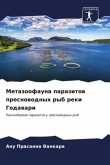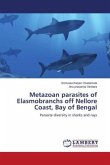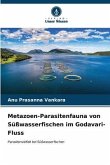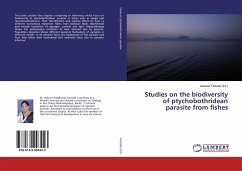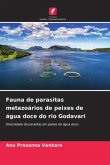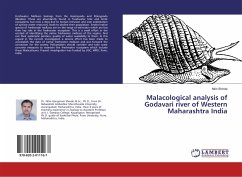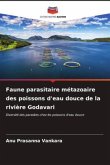River Godavari is well known for its dynamic environment, enriched by the nutrients proved to be a highly productive and prospective field to accomplish fishery research. A diversified array of teleostean fauna inhabits Godavari River and these piscian fauna in turn offers a diversified and favourable habitat to the metazoan parasites. Parasitology is a diverse and dynamic field which constantly enthralls the young generation to explore new inventions in this field. Increasing human activities and natural disasters like earth quakes, floods etc. have resulted in continuous changes in the ecological conditions which might result in extinction of old species and emergence of new ones, so it is always indispensable to have a persistent approach for the systematic study. The study of parasitic fauna in the fishes of Godavari River is an exceptional opportunity for parasitologists to disclose many parasites which are still awaiting discovery. This book would certainly provide sophisticated information about the metazoan parasites of metazoan parasite fauna of freshwater fishes of River Godavari, Andhra Pradesh, India.
Bitte wählen Sie Ihr Anliegen aus.
Rechnungen
Retourenschein anfordern
Bestellstatus
Storno


